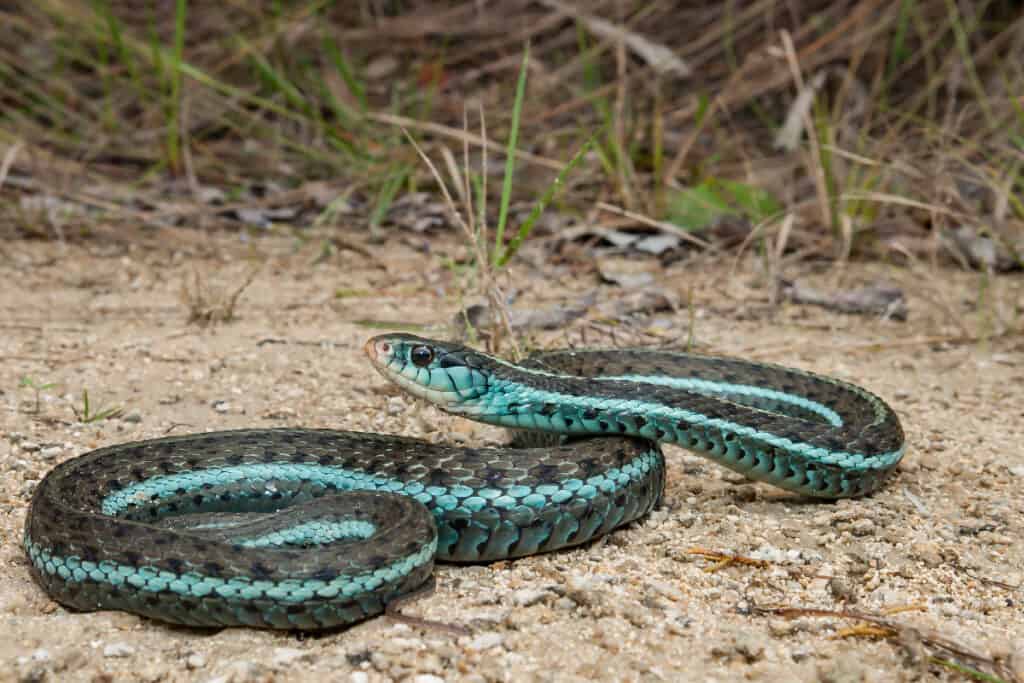Introduction
Snake attacks are a serious clinical emergency situation that can take place in various atmospheres, specifically in regions where snakes are prevalent. In Australia alone, there are countless types of venomous serpents such as the Tiger Snake, Eastern Brown Snake, and King Brown Snake. Comprehending how to effectively manage snake bites is vital for anyone that hangs around outdoors or lives in backwoods. This short article will check out thorough first aid monitoring techniques for serpent attacks and outline best techniques for replying to these incidents.
First Help Administration of Snake Bites: Finest Practices for Every Situation
When dealing with a snake bite, the first feedback can substantially affect the target's result. Immediate action is important because swift clinical intervention often establishes the extent of injury or survival rate. Below are necessary emergency treatment concepts to keep in mind:
Stay Calm: The very first step in managing a snake bite is to continue to be tranquil. Panic can elevate heart prices and enhance the spread of poison throughout the body. Call for Help: Dial emergency solutions promptly. Supply them with your location and any information regarding the serpent if possible. Keep the Sufferer Still: Urge the victim to stay as still as feasible. Activity can boost blood flow, increasing venom absorption right into the bloodstream. Positioning: If practical, place the damaged arm or leg at or below heart degree. This positioning aids decrease venom spread. Remove Tight Clothing: Loosen up any type of clothes or jewelry around the bite site; swelling may occur quickly after a snake bite. Do Not Apply Ice/Cold Packs: Unlike common belief, using ice can get worse tissue damages and should be avoided.Understanding Snake Species and Their Habitats
Tiger Snakes and Their Habitat
Tiger snakes (Notechis scutatus) are amongst Australia's most notorious venomous snakes due to their aggressive nature and potent venom.

- Habitat: They typically live in coastal areas, marshes, and locations with dense plants like marshes and swamps. Risks: Recognition of local tiger snake habitats can lower the danger of encountering one unexpectedly.
Eastern Brown Snakes: A Substantial Threat
The Eastern Brown Serpent (Pseudonaja textilis) is one more extremely venomous species found throughout eastern Australia.
- Habitat: This serpent flourishes in city areas, agricultural lands, and grasslands. Behavior: Recognized for its quick strikes when intimidated, understanding its actions might aid alleviate encounters.
Recognizing Symptoms of Snake Bites
Identifying symptoms beforehand can enhance opportunities of effective therapy:
Local Symptoms:- Pain and swelling around the bite site Discoloration or bruising
- Nausea or vomiting Difficulty breathing Signs of shock (e.g., pale skin, fast heartbeat)
First Help Procedures for Particular Snake Bites
First Help for Tiger Snake Bite
In case of a tiger serpent bite:
Stay calmness; maintain still. Call emergency situation solutions immediately. Immobilize the impacted arm or leg using a splint if available. Do not try to draw out venom or use ice.First Aid for Eastern Brown Serpent Bite
For an eastern brownish snake bite:
Keep calm; guarantee the victim. Call emergency solutions without delay. Position them easily while avoiding movement. Mark the sides of swelling with a pen ideally for observation.Creating Your Snake Bite Emergency Treatment Kit
A well-prepared emergency treatment set can make all the distinction during emergency situations:
|Thing|Purpose|| -------------------------------|---------------------------------------------------|| Compression plasters|To immobilize arm or legs|| Sterilized gauze|To cover injuries|| Antihistamines|For allergies|| Emergency situation contact numbers|Quick access during situations|| Instruction manual|Step-by-step support on taking care of emergencies|

What Needs to You Never ever Do When Dealing With a Serpent Bite?
Here's a listing of common mistakes when treating snake bites:
Do not use tourniquets; they can trigger even more damage than good. Avoid cutting right into or attempting to suck out poison from the wound. Never offer alcohol or stimulants to sufferers as it can worsen their condition.FAQs Regarding First Aid Management of Serpent Bites
1. What must I do if I see a snake?
Stay calm and pull back slowly without sudden movements.
2. Exactly how do I identify if a snake is venomous?
Research neighborhood types' features; lots of have distinct color patterns or markings.

3. Can I make use of ice on a serpent bite?
No, using ice can increase tissue damage.
4. How much time do I have after being bitten prior to seeking medical attention?
Seek clinical interest promptly-- time is vital with poisonous bites!
5. Is it secure to drive myself to the health center after a bite?
No! It's unsafe as signs may worsen en path; wait for professional help.
6. Are all serpents in Australia dangerous?
No! While Australia has several hazardous snakes, there are additionally non-venomous varieties that posture no threat.
Conclusion
The first aid management of serpent bites needs punctual action combined with understanding concerning local varieties' behavior and environments like those of tiger snakes and eastern brownish serpents in Australia. By complying eastern small eyed snake venom with best techniques described above-- such as staying calm, calling emergency situation services quickly, and understanding what not to do-- you substantially enhance survival chances after such accidents occur.
Equipping on your own with knowledge concerning different types of serpents in your location and preparing a suitable first aid set will ensure you prepare must an encounter develop-- making you better Venom extraction and antivenom production in Australia prepared to manage this potentially serious situation effectively!